Zofia Rydet
May 5, 1911, Stanisławów (now the western Ukrainian city of Ivano-Frankivsk)
Zofia Wanda Rydet is born, into a well-to-do family, to parents Ferdynand, a lawyer, and Józefa (née Nowotny). Two years earlier, in 1909, her brother Tadeusz is born.
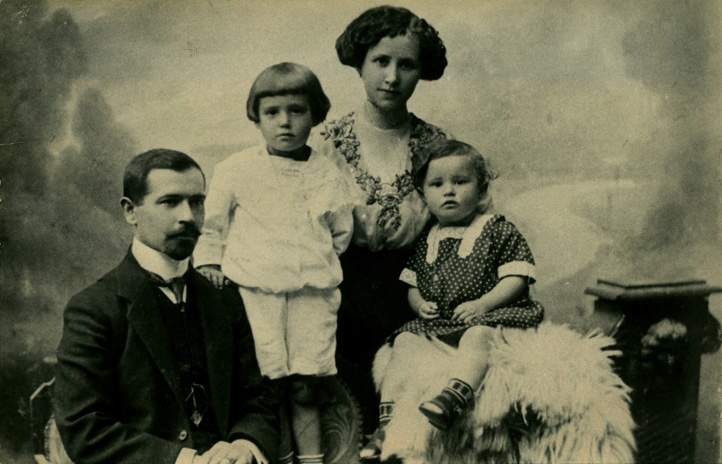
1930–1933, Snopków
She dreams of studying at the Academy of Fine Arts, but obeying the will of her parents enrolls instead at the Główna Szkoła Gospodarcza Żeńska (Central School of Economics for Women, which was, in fact, a finishing school of sorts at which young women from so-called “good households” would be taught how to properly manage a family and home) in Snopków, near Lviv.
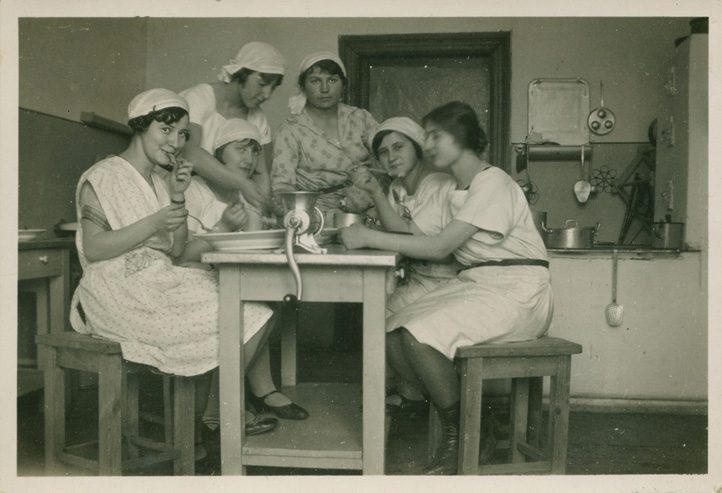
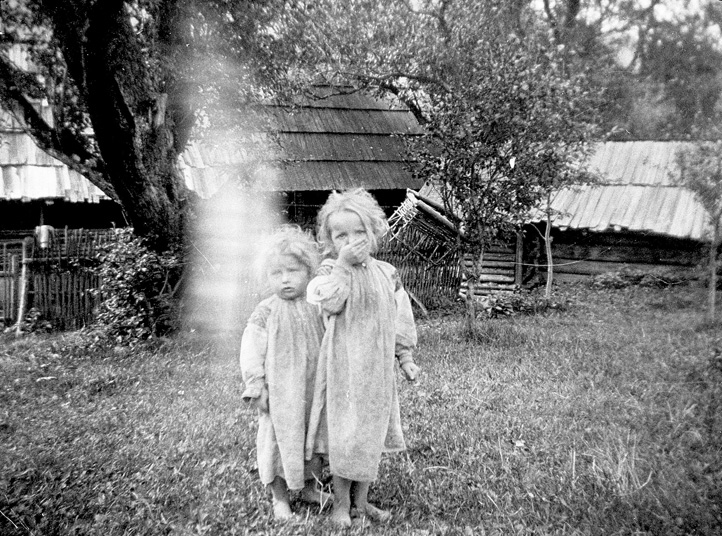
1935–1939, Stanisławów
Works for the Orbis Polish Travel Office under her brother Tadeusz. With his encouragement she takes her first photographs, of children in villages of the Huculszczyzna region.
1939–1945, Stanisławów, Rabka
Stanisławów falls repeatedly under occupation during World War II: Russian occupation, German occupation, Hungarian occupation. Zofia runs a stationery shop. The family moves to Rabka, in 1944.
1945–1960, Bytom
After a short period living in Rabka, she moves to Bytom to begin her own business. She runs two shops: Blok and later Kameleon, both carrying an assortment of stationery and toys.
At the age of 40, she re-embraces her youthful fascination with and proclivity for photography. Encouraged by success at local contests, she joins the Gliwickie Towarzystwo Fotograficzne [Gliwice Photographic Society], where she hones her technical skills and establishes friendships with fellow photographers.
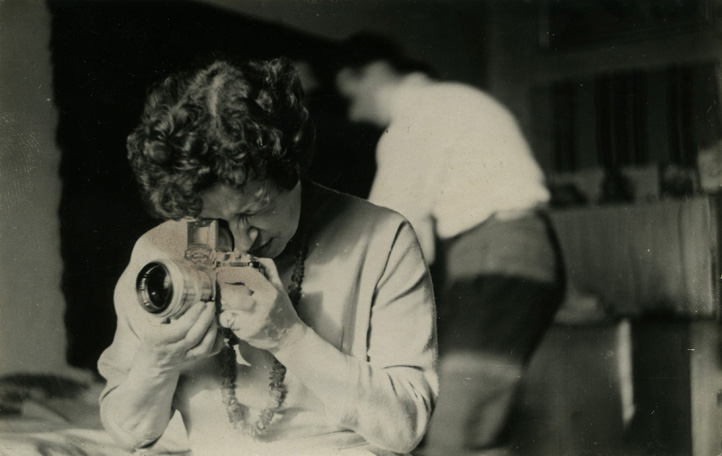
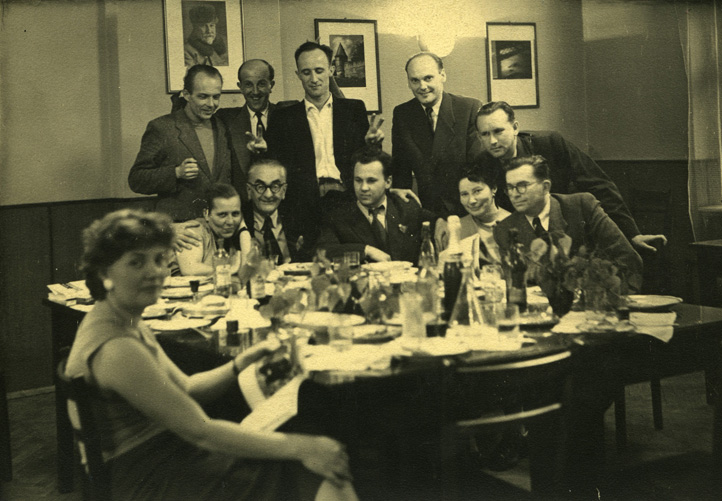
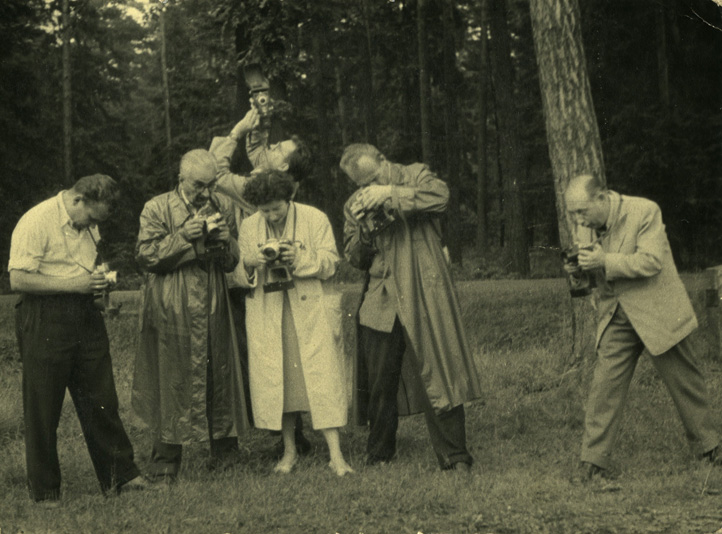
In 1956, she takes part in the 4th Exhibition of Amateur Photography, in Gliwice.
Beginning in the 1960s, she will embark upon numerous journeys abroad, including to Egypt, Yugoslavia, Greece, Lebanon, Albania, Bulgaria, Spain, and Hungary. She assembles her first major photographic series, entitled Mały Człowiek [Little Man]. Her works are shown in surveys and contests around the world.
She is awarded the prestigious title of AFIAP (Artiste de la Federation Internationale de l’Art Photographique), a distinction bestowed by the International Federation of Photographic Art (or FIAP, by its French acronym).
1961
Rydet presents her first solo exhibit, Mały Człowiek, in Gliwice, which brings together some 150 of Rydet’s photographs of children from around the world. The exhibit is a success; it will continue to be developed and to be shown, in subsequent years, both in Poland and abroad.
She is admitted into the Union of Polish Art Photographers (or ZPAF, by its Polish acronym).
1962, Gliwice
Rydet closes her shop in Bytom and decides to dedicate herself fully to the practice of photography. She moves to Gliwice, where friends from the Polskie Towarzystwo Fotograficzne [Polish Photographic Society] live. Rydet takes a job at the Silesian University of Technology, where she teaches photography.
1963–1977
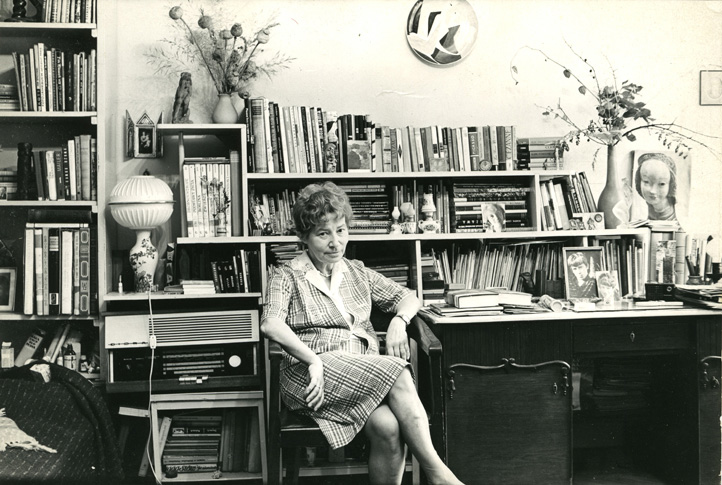
In 1965, her photographic album Mały Człowiek is published.
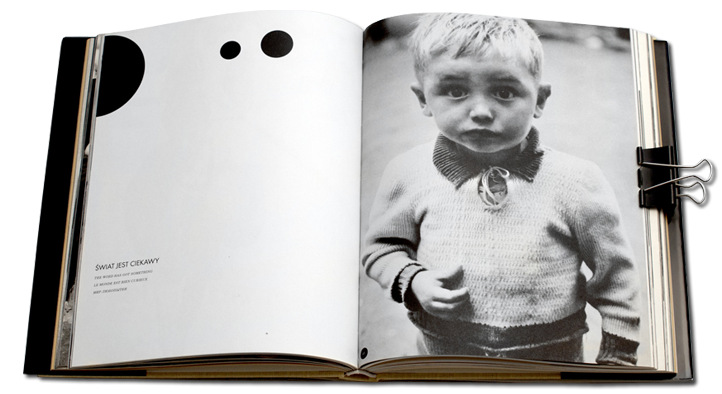
Other photographic cycles, likewise concentrated on aspects of the human condition, take shape during this period: Czas przemijania (the title refers to the passage of time), an examination of old age; and Świat uczuć i wyobraźni [The World of Feelings and Imagination], a series of surrealist photomontages and collages (later released in book form, in 1979) which is also presented as an audiovisual slide show (diaporama).
Rydet is involved in dozens of exhibitions, in Poland and abroad, including Fotografia subiektywna [Subjective Photography] at the BWA, Krakow (1968), and Fotografowie poszukujący (which translates roughly into “Searching Photographers,” as in photographers “searching” for insight, information, or understanding by way of their photographing) at the Współczesna Gallery, Warsaw (1971).
In a 1967 letter to her friend Krystyna Łyczywek, Rydet lays out the preliminary concept for a comprehensive documentary project that would, eleven years later, begin to take shape as the Sociological Record.
In 1976, she is awarded the highest distinction (the Excellence FIAP, or EFIAP) of the International Federation of Photographic Art (FIAP).
1978–1993
In 1978, while spending her customary summer holiday with her brother in Rabka, Rydet begins work on the Sociological Record. She travels to villages in the Podhale region (the southern highlands of Poland) and photographs residents in their homes. Rydet will, over the ensuing years and decades, undertake dozens of such journeys into the field, in the process expanding the Record and its scope beyond Podhale to include many other provinces and regions of Poland. She would, too, work on the Sociological Record when traveling abroad in France (Paris, Douchy-les-Mines), the United States (New York), Lithuania (Vilnius, Kaunas), Czechoslovakia (Opava), and Germany (Munich).
At the end of the 1970s, Rydet presents another conceptual cycle: Nieskończoność dalekich dróg [The Infinity of Distant Roads]. A final significant series will be realized toward the end of the 1980s and into the 1990s: Suita Śląska [Silesian Suite], which will feature self-quotations from Rydet’s earlier photographic work.
In 1989, Andrzej Różycki directs a film portrait of Zofia Rydet, entitled Nieskończoność dalekich dróg. Podsłuchana i podpatrzona Zofia Rydet A.D. 1989 [The Infinity of Distant Roads: Zofia Rydet Overheard and Observed, A.D. 1989].
Zofia Rydet dies, in Gliwice, on August 24, 1997.